Trump vs BRICS (Threats, Tariffs & De-Dollarisation)
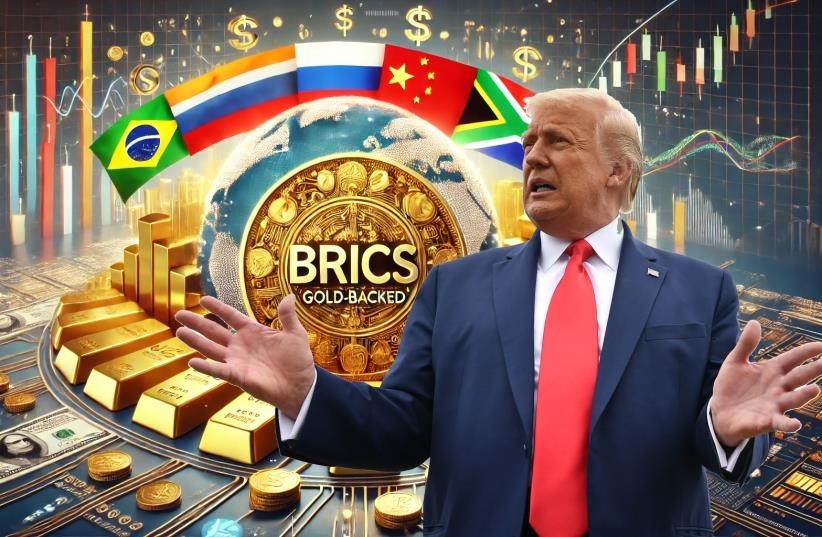
Context:
- US President-elect Donald Trump has vowed 100% tariff on BRICS countries if they make any move to replace the US dollar and sought a commitment from the nine-member group that includes India, Russia, China, and Brazil.
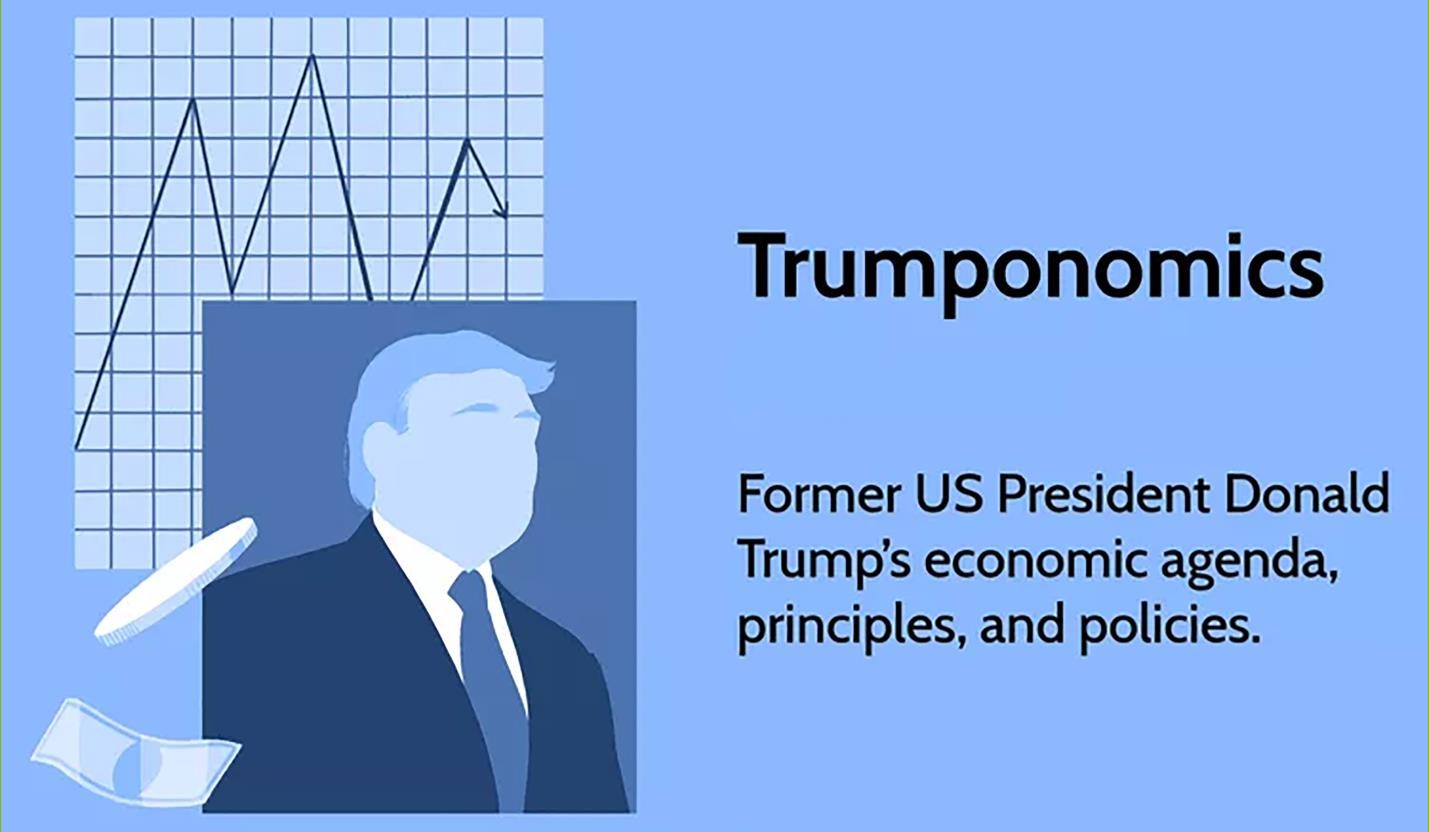
1.
What is Dollarisation?
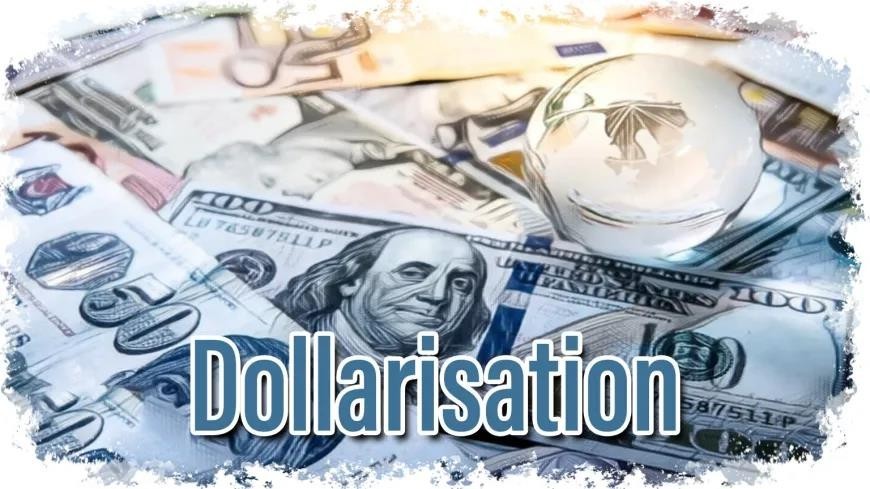
- The term Dollarization has been used loosely in reference to how foreign money replaces domestic money in any of its functions.
- Dollarization is the use or adoption of the United States Dollar as the primary currency in a country, replacing or supplementing the local currency.
- A dollarization process can either be partially or completely done.
- Full Dollarization is a situation in which a country abandons its currency and adopts the United States Dollar country’s currency as a means of payment and unit of account e.g., Panama.

- Partial dollarization is when a foreign currency is used in some transactions, while the local currency is still the legal tender.
2.
Enlist types of dollarisation?
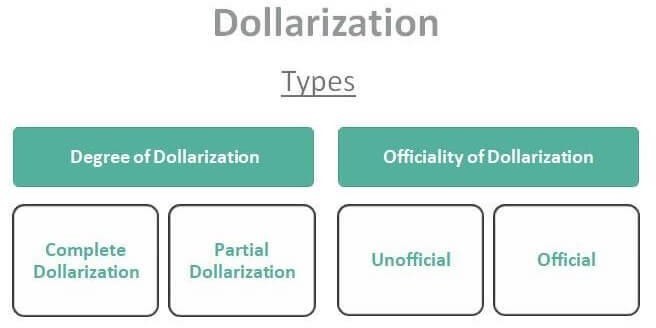
- Complete dollarization:
- It implies that foreign currency is the only legal tender in the country.
- Partial dollarization:
- It implies that the foreign and local currencies are accepted as legal tender.
- Official dollarization:
- It implies that the country's government and monetary authorities have accepted a foreign currency as its legal tender.
- Unofficial dollarization:
- It occurs when the people in the country have their savings in foreign currency in the form of investment instruments because they consider that currency as a haven and protection against inflation which is one of the important reasons for dollarization.
3.
How did the US dollar become dominant globally?
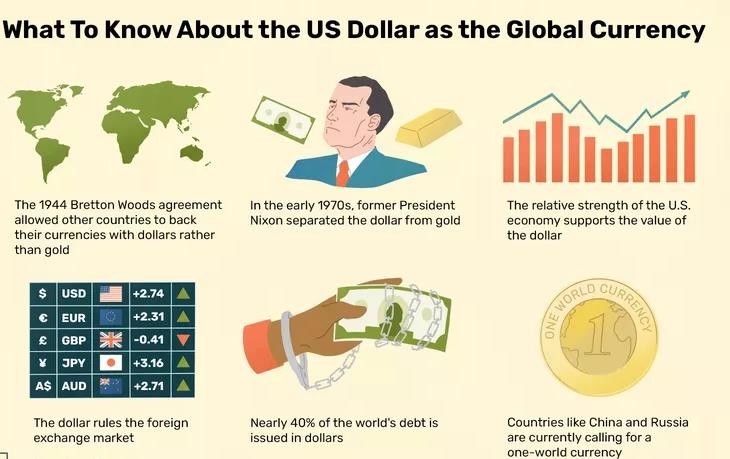
- The dollar has been the world's principal reserve currency since the end of World War II and is the most widely used currency for international trade.
- The United States became, almost overnight, the leading financial power after World War I.
- The country entered the war only in 1917 and emerged far stronger than its European counterparts.
- As a result, the dollar began to displace the pound sterling as the international reserve currency and the U.S. also became a significant recipient of wartime gold inflows.
- The dollar then gained a greater role in 1944, when 44 countries signed the Bretton Woods Agreement, creating a collective international currency exchange regime pegged to the U.S. dollar which was, in turn, pegged to the price of gold.
- By the late 1960s, European and Japanese exports became more competitive with U.S. exports.
- There was a large supply of dollars around the world, making it difficult to back dollars with gold.
- President Nixon ceased the direct convertibility of U.S. dollars to gold in 1971 and this ended both the gold standard and the limit on the amount of currency that could be printed.
4.
Which countries use the US dollar as their currency?
- USD is used within the United States and its official territories (Puerto Rico, Guam, America Samoa, U.S. Virgin Islands, and Northern Mariana Islands).
- There are also eleven other countries which use the USD as their official currency.
- They include:
- Ecuador
- El Salvador
- Zimbabwe
- Palau
- Marshall Islands
- Panama
- The British Virgin Islands
- Turks and Caicos
- Timor and Leste
- Micronesia
- Bonaire
5.
Why do countries undergo dollarization?
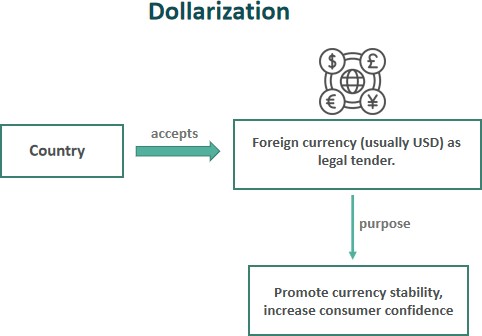
- Countries may choose to undergo dollarization for a variety of reasons, including:
| Reason | Analysis |
|---|---|
| Economic instability |
|
| Developing economies |
|
| Integration with global economy |
|
| Avoid currency crises |
|
6.
Enlist advantages and disadvantages of Dollarisation?
| Advantages of Dollarisation | Disadvantages of Dollarisation |
|---|---|
Prevent speculative attacks on domestic currency:
|
Loss of monetary autonomy:
|
Reduction in administrative expenses:
|
Economic Sovereignty:
|
Economic stability:
|
Currency Manipulation:
|
Improve global economy:
|
Dependence on US:
|
Reduction in interest rates:
|
Loss in economic value:
|
Investors gain confidence:
|
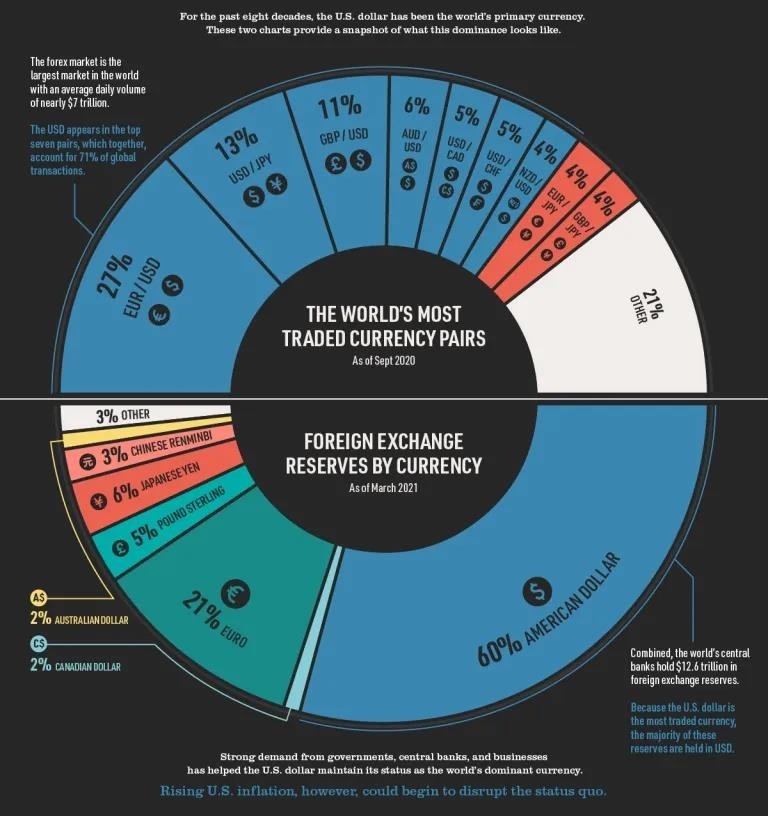
7.
How strong is the US dollar?
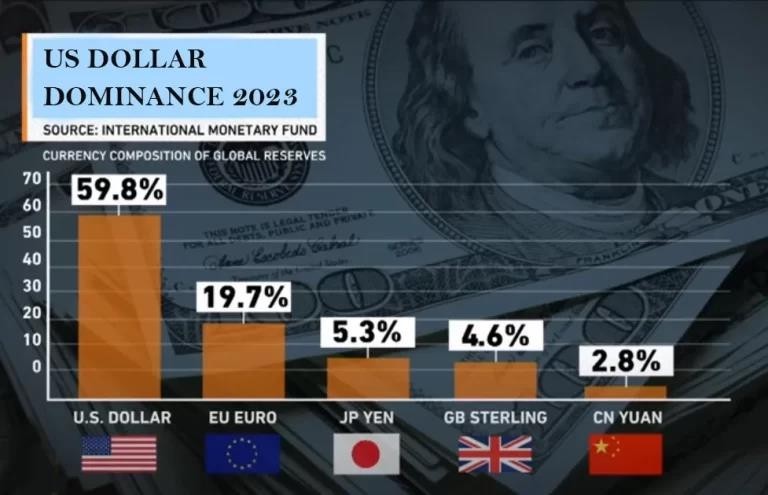
- Dollar is the currency of choice for international trade since the end of World War II, before which the UK pound was the most in use.
- Countries use dollars to hold foreign exchange reserves and for global trade and transactions.
- Commodities like oil are bought and sold using the US dollar.
- Major economies like Saudi Arabia still peg their currencies to the dollar.
- The US treasury by far remains the world’s largest and most liquid bond market.
- Central banks often hold currency in the form of government bonds, such as the US treasuries.
- Since all trade is done in US dollars, even trade among other countries, the US can make it difficult for those it blacklists to do business.
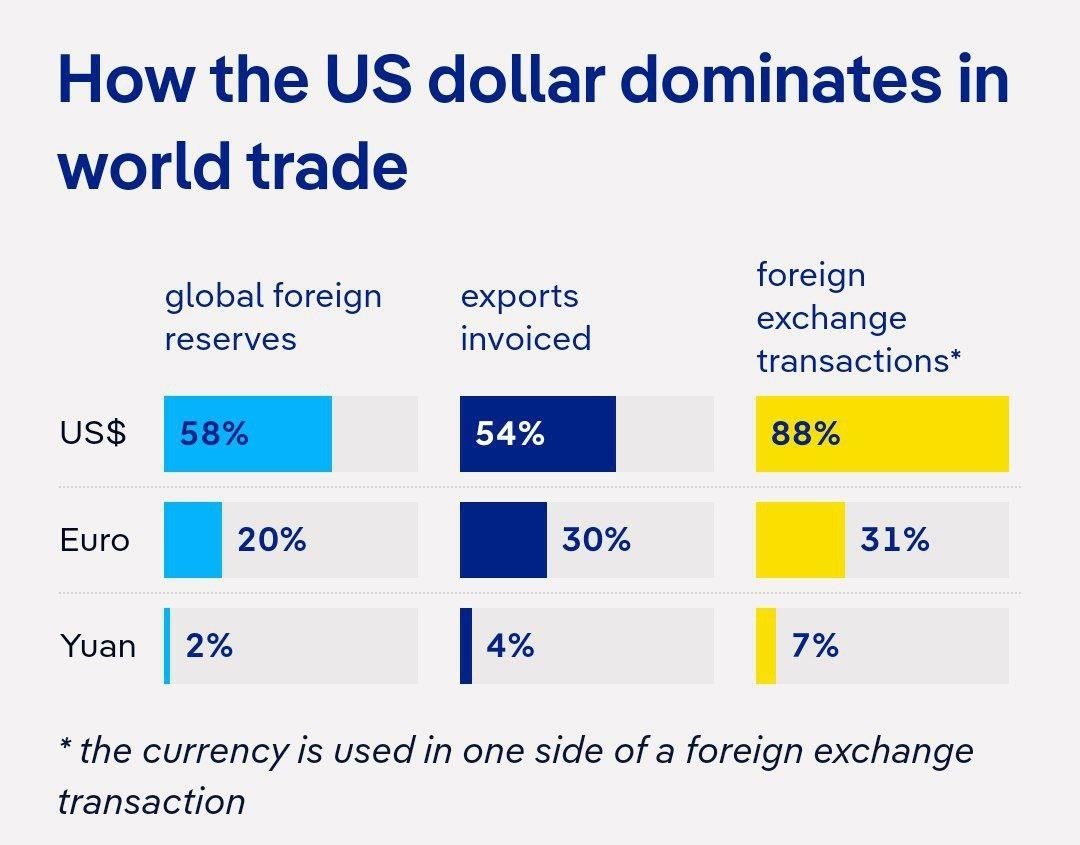
8.
Why is a strong dollar in America’s best interests?
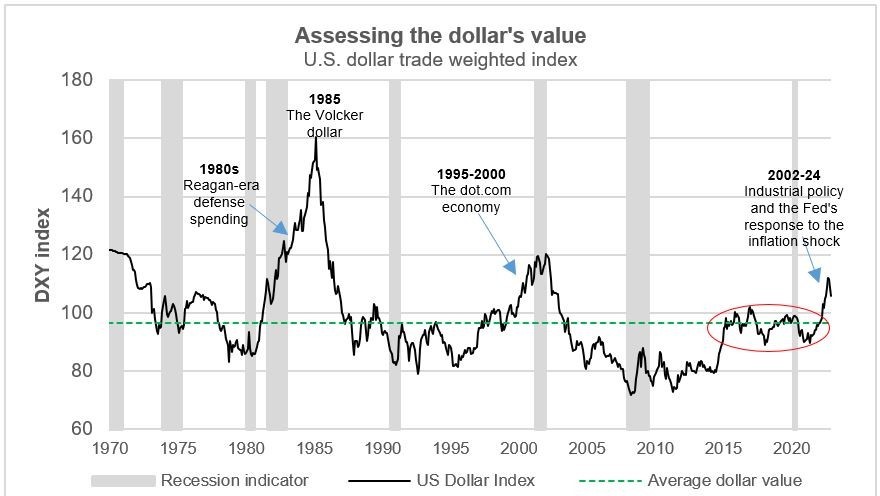
- A strong dollar is good for the American economy.
- It not only signals a healthy demand for American-made goods and services, but also shows confidence in the U.S. government and financial institutions.
- Like any asset, the dollar’s value is based on demand.
- When demand for dollars increases, whether for trade purposes or financial transactions, its value increases.
- The United States has benefited from a profound shift in global capital flows, mopping up more than 30% of these flows.
- A key benefit of a stronger dollar is that it lowers the cost of importing stuff.
- That’s a big deal for the U.S., a country that imports more than it exports.
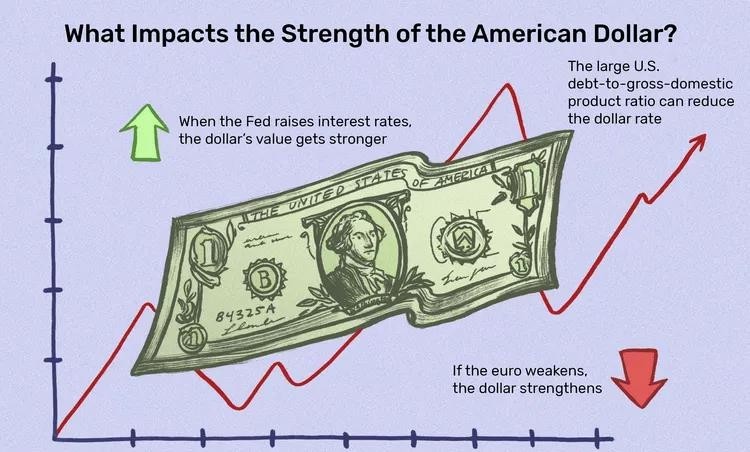
9.
What is Internationalisation of rupee?
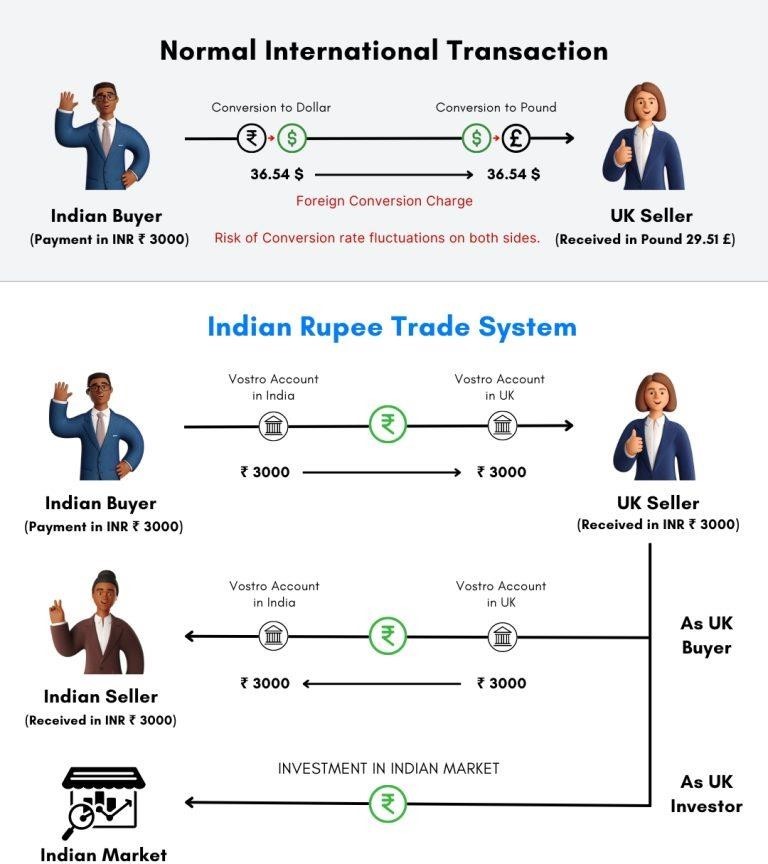
- Internationalisation is a process that involves increasing the use of the rupee in cross-border transactions.
- It involves promoting the rupee for import and export trade and then other current account transactions, followed by its use in capital account transactions.
- These are all transactions between residents in India and nonresidents.
- In the 1950s, the Indian rupee was widely used as legal tender in the United Arab Emirates, Kuwait, Bahrain, Oman, and Qatar.
- The internationalisation of the currency will require full convertibility of the currency on the capital account and crossborder transfer of funds without any restrictions.
- India has allowed only full convertibility on the current account as of now.
- Currently, the US dollar, the Euro, the Japanese yen and the pound sterling are the leading reserve currencies in the world.
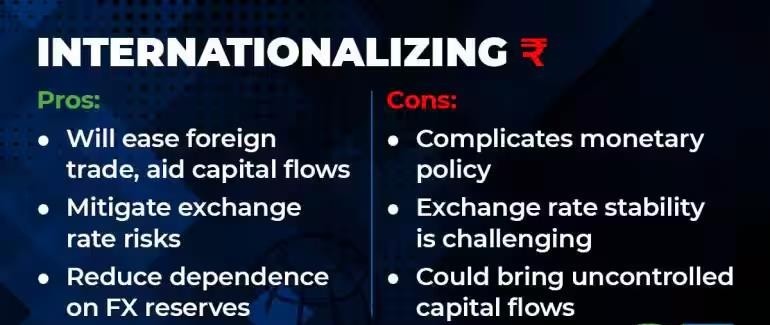
10.
What is de-dollarisation?
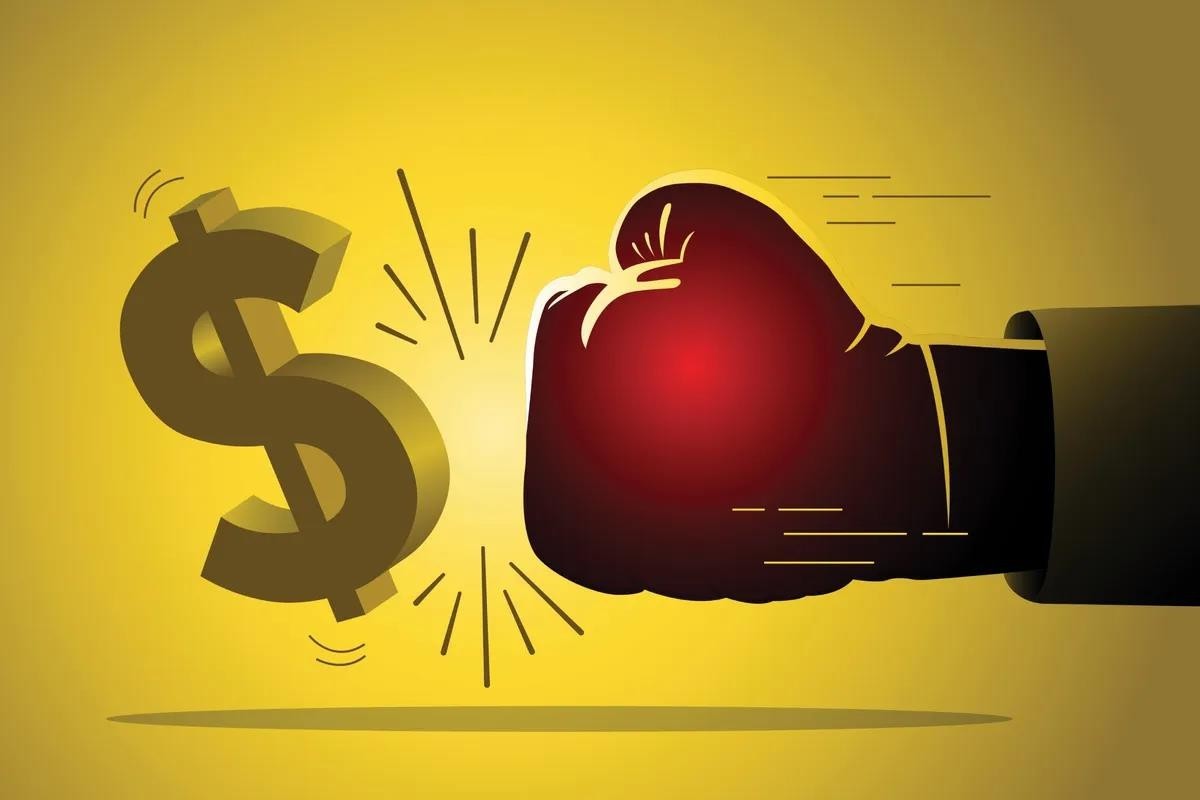
- De-dollarization of trade refers to the process of reducing dependence on the US dollar for international transactions, trade settlements, and financial operations.
- Globally, new payments systems are facilitating cross-border transactions without the involvement of U.S. banks, which could undermine the dollar’s clout.
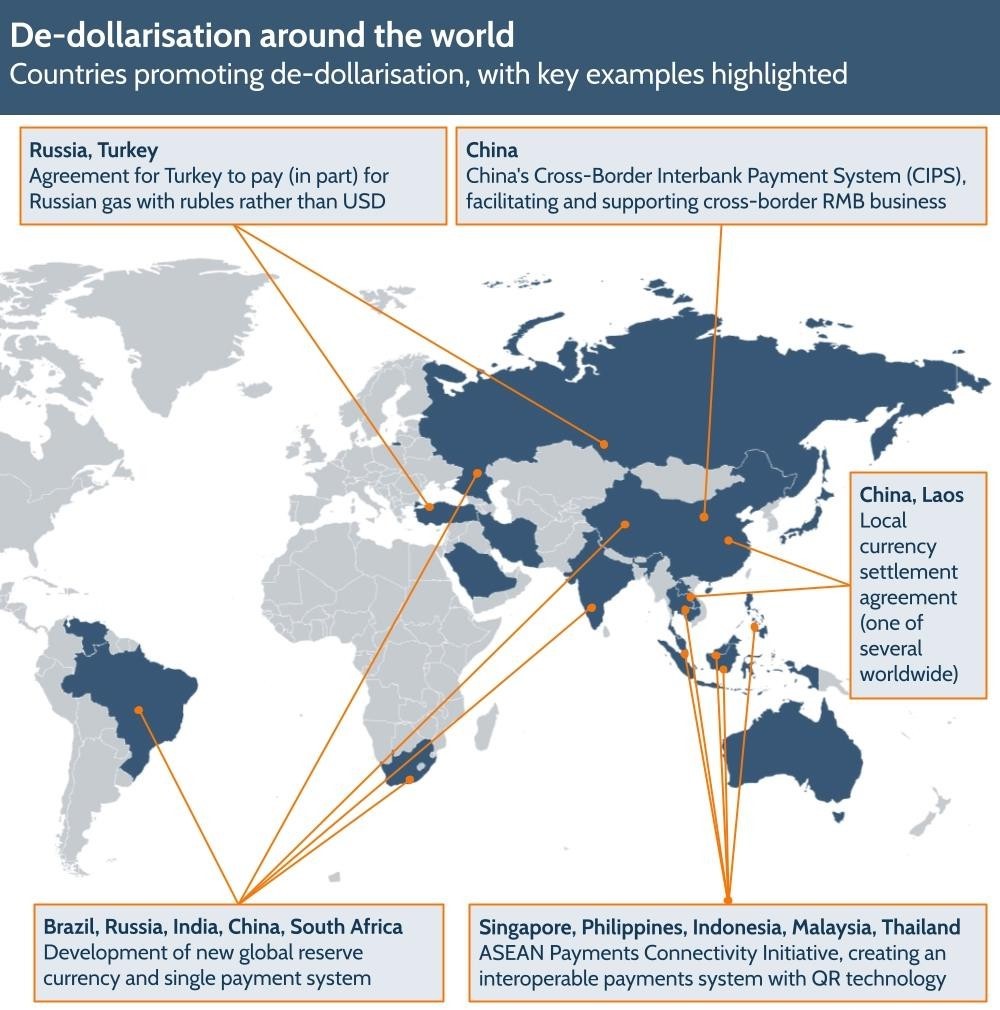
11.
What is the timeline of de-dollarization?
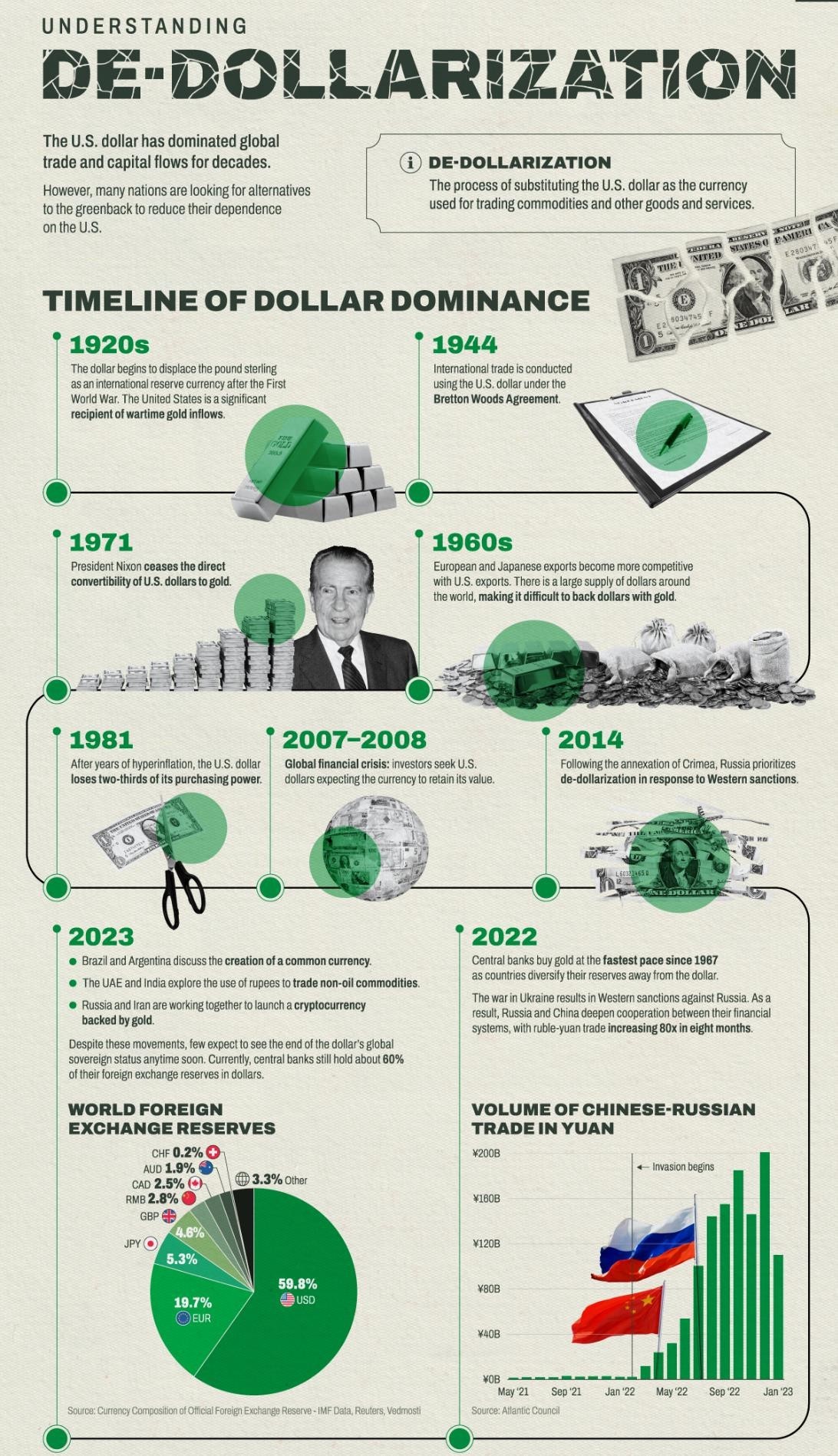
12.
What are the key aspects of de-dollarisation?
| Aspects | Analysis |
|---|---|
| Reduced Dollar Usage in Trade |
|
| Diversification of Reserves |
|
| Alternative Payment Systems |
|
| Economic Sovereignty |
|
| The strong USD is getting too expensive for emerging nations |
|
| Geo-Politics |
|
13.
Why is a strong dollar a cause of concern for emerging economies?
- The dollar is the world’s reserve currency, which means it is used in most international transactions.
- As a result, changes in its value have implications for the entire global economy.
- It is the "invoicing" currency of the world and holds the most purchasing power.
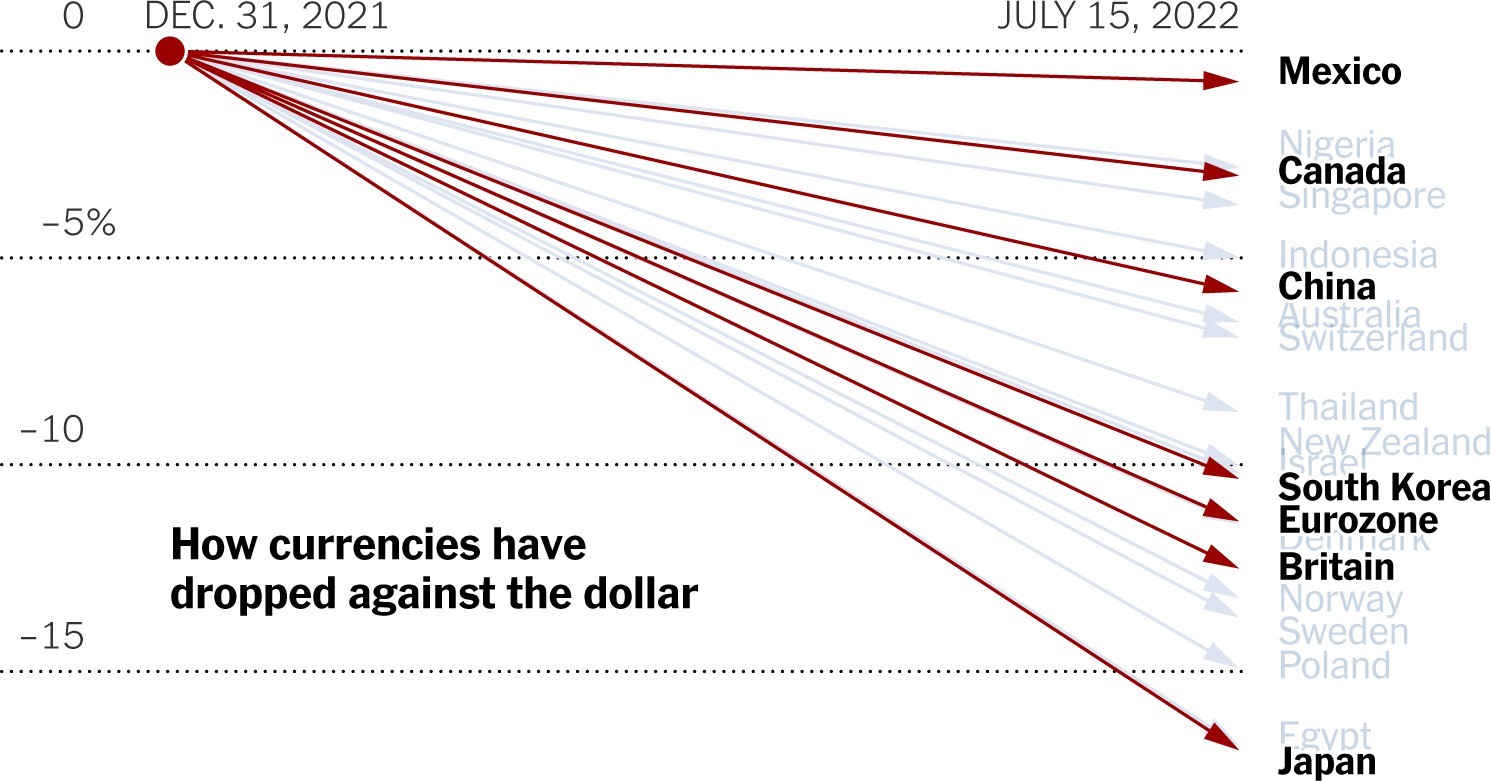
- A strong dollar could hurt the rest of the economy in these likely ways:
| Concern | Analysis |
|---|---|
| Affects global trade |
|
| More inflation |
|
| Weaponization of the Dollar |
|
| Low-income countries under threat |
|
| Bigger US deficit |
|
| Tourism to US more expensive |
|
14.
What is BRICS?
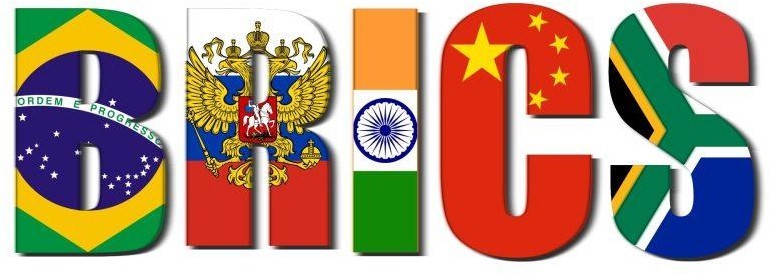
- BRICS is an acronym that refers to a group of five major emerging national economies: Brazil, Russia, India, China, and South Africa.
- The term BRIC was coined by British economist Jim O’Neill in 2001 to represent emerging economies of Brazil, Russia, India, and China.
- 1st BRIC Summit was held in Russia in 2009 while BRIC became BRICS with the inclusion of South Africa in 2010.
- The group began holding annual meetings starting in 2006 on the sidelines of the UN General Assembly (UNGA), and its success led to formal summits.
- Recently new members were added namely, Egypt, Ethiopia, Iran, and the United Arab Emirates (UAE).
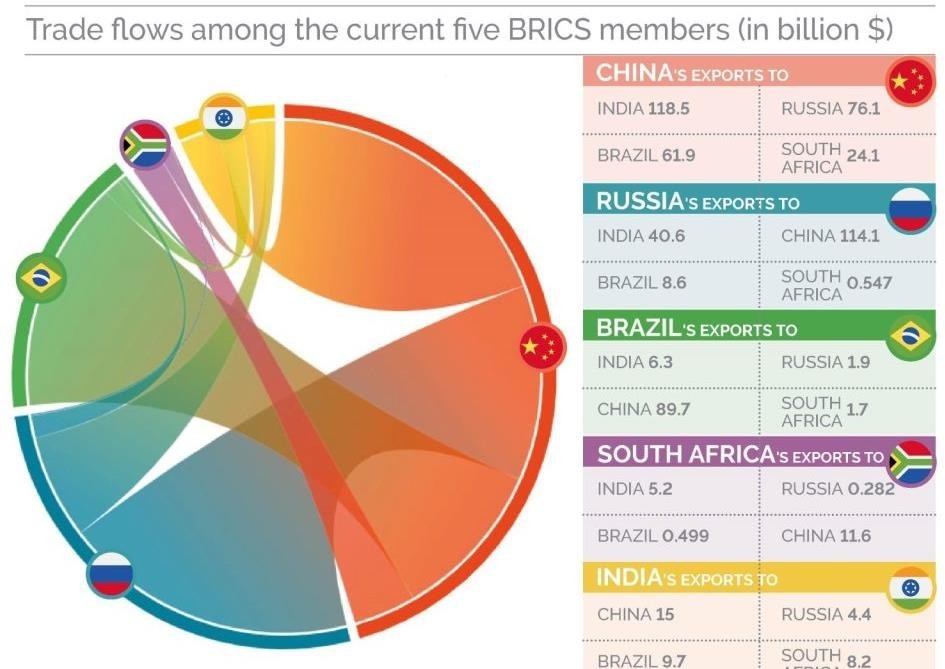
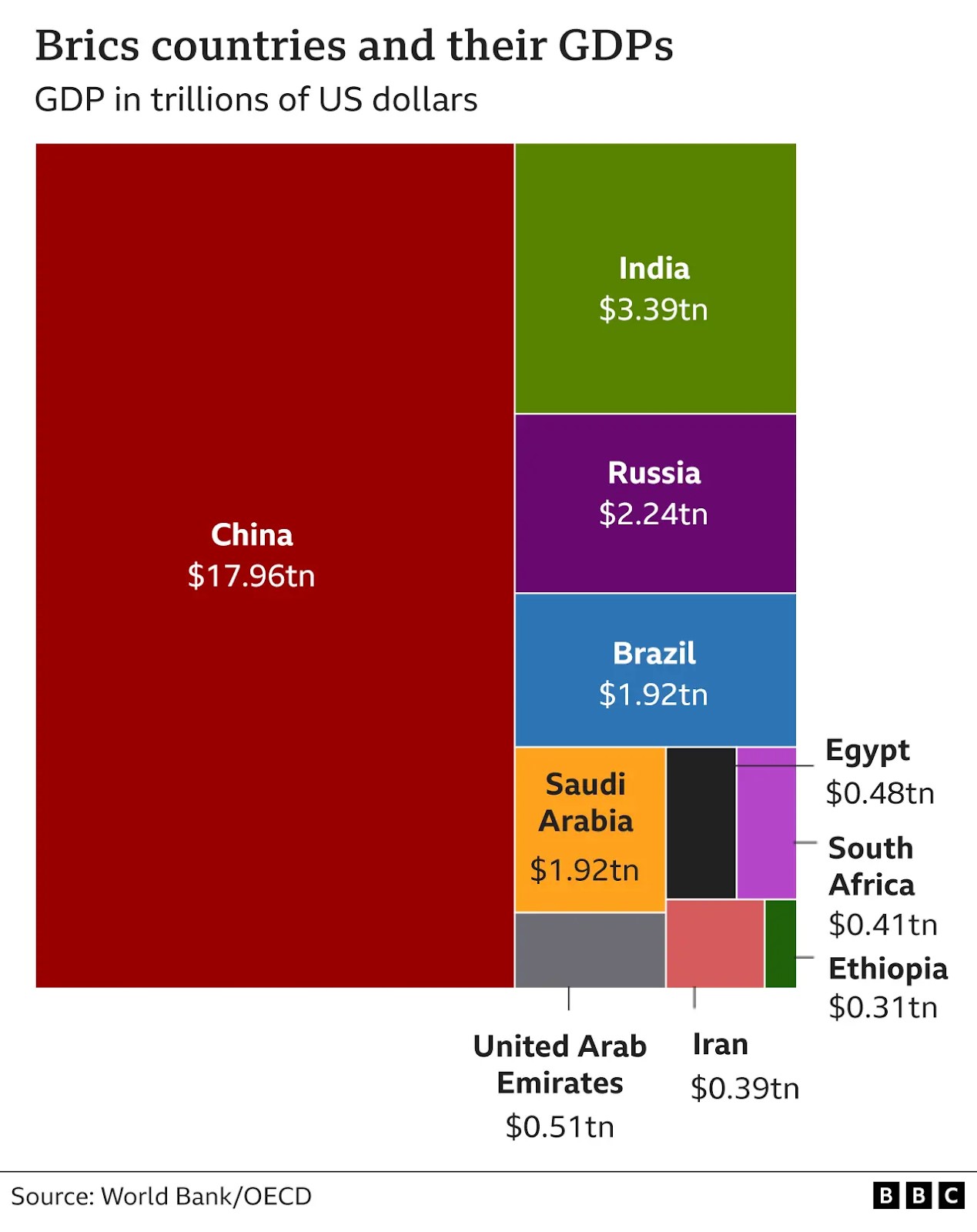
15.
Is BRICS pushing for de-dollarisation?
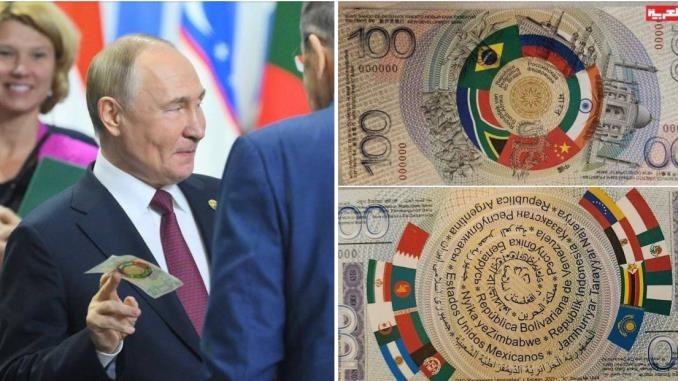
- At the recent Brics summit in Russia's Kazan, a symbolic banknote displaying the flags of Brics nations was also introduced, sparking conversations about the future of global finance.
- However, Russian President Vladimir Putin clarified that the bloc is not currently considering a unified Brics currency or developing an alternative to the SWIFT payment system.
- However, the Brics nations have been exploring strategies to reduce reliance on the US dollar, including the potential creation of a shared currency to facilitate trade within the bloc.
- Putin and his Brazilian counterpart Luiz Inacio Lula da Silva are the strongest proponents of the new currency.
- While China has not explicitly expressed a view, Beijing has supported initiatives to reduce reliance on the dollar.
- India, meanwhile, is a lot more cautious about the idea.
16.
How has the BRICS currency plan developed?
- The group of five countries –Brazil, Russia, India, China and South Africa was formed in 2009 to focus on the interest of emerging economies and to make them less dependent on the US dollar.
- In April 2023, Brazilian President Luiz Inacio Lula da Silva urged BRICS nations to create a common currency for trade and investment between each other, as a means of reducing their vulnerability to dollar exchange rate fluctuations.
- He suggested that a BRICS currency will increase our payment options and reduce our vulnerabilities.
- In October 2024, Russian President Vladimir Putin called for a new international payments system at a BRICS summit in Kazan, stating that the dollar is being used as a weapon by the US.
- Russia is working on creating a settlement and payment infrastructure that would bypass the Swift payment system based in Belgium.
- There was little enthusiasm for Putin's plan, but BRICS leaders did agree to facilitate more trade in local currencies, cutting their reliance on the dollar.
- As per Russian Deputy Prime Minister Alexei Overchuk, about 92 percent of trade settlement between Russia and China is now conducted in Russian rubles and Chinese yuan.
17.
Why do the BRICS nations want to create a new currency?
- Recent global financial challenges and aggressive US foreign policies have prompted the BRICS countries to explore the possibility of new currency
| Reason | Analysis |
|---|---|
| Reduce Dependency on the U.S. Dollar |
|
| Enhance Economic Sovereignty |
|
| Facilitate Trade Among BRICS Members |
|
| Challenge U.S.- Dominated Financial Institutions |
|
18.
What is India’s view on BRICS currency?
- India’s cautious stance on the BRICS currency notion underscores its desire to maintain a balanced foreign policy.
- While India supports de-dollarisation in principle, it acknowledges the risks of alienating the US, its most significant trading partner.
- As per EAM S. Jaishankar, “From time to time, people have raised that there needs to be a BRICS currency, but remember, for countries to have a common currency, you need a huge alignment of the very fundamentals of fiscal policies, economic policies, monetary policies, or even political policies,".
- India has legitimate reasons for hesitating on BRICS currency.
| Reason | Analysis |
|---|---|
| India’s economic growth trajectory |
|
| China’s influence within BRICS |
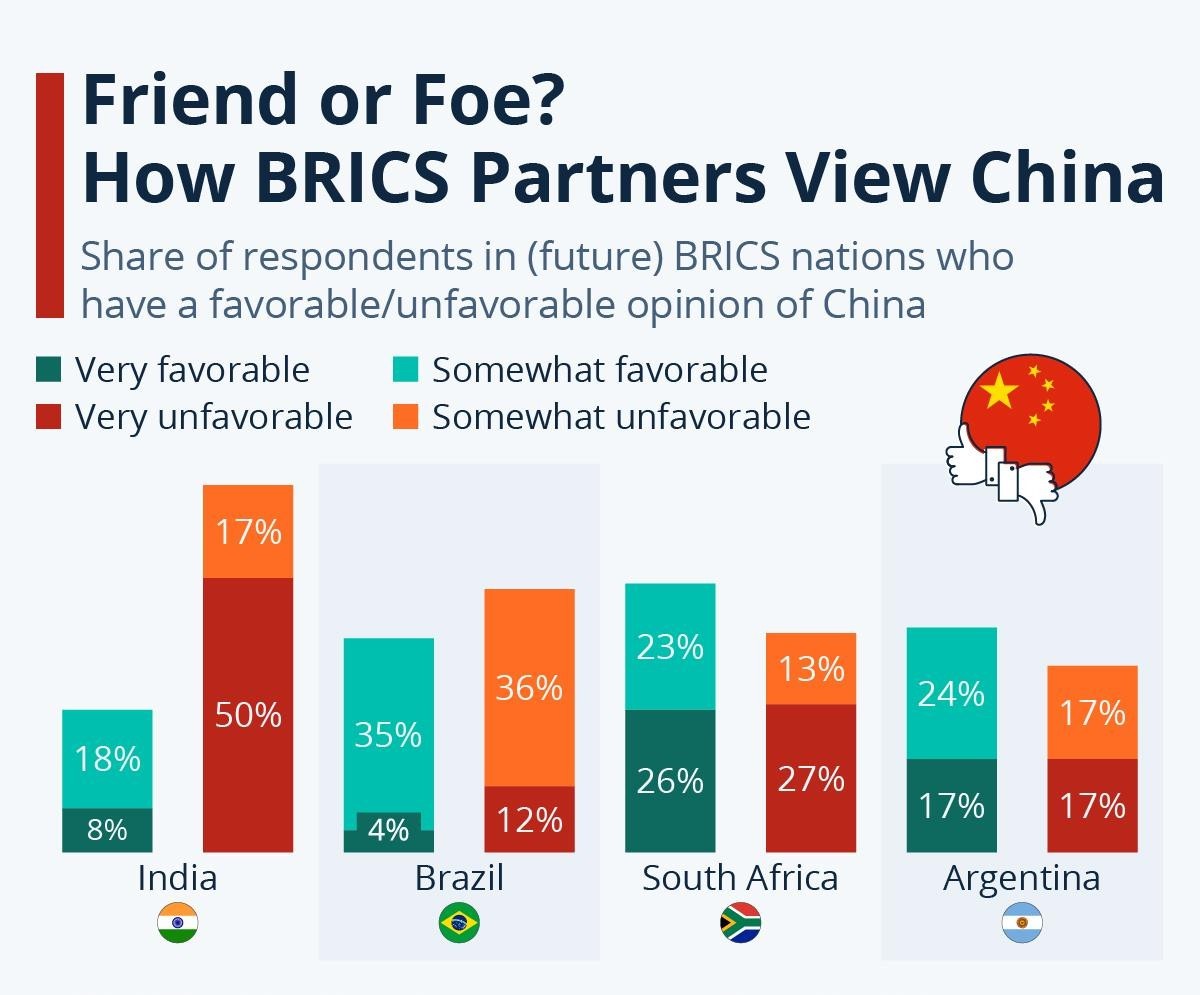 |
| India’s trade relationship with the US |
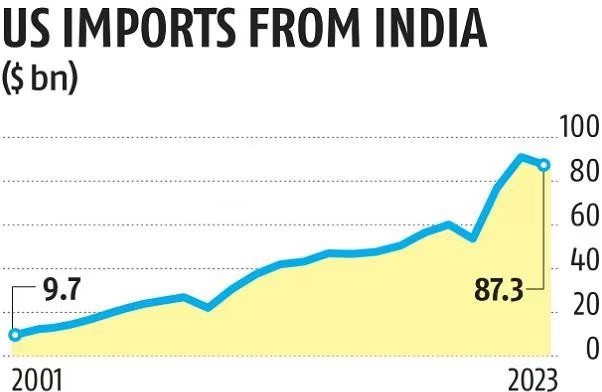 |
19.
How would a new BRICS currency affect the US dollar?
- For decades, the US dollar has enjoyed unparalleled dominance as the world's leading reserve currency.
- According to the US Federal Reserve, between 1999 and 2019, the dollar was used in 96 percent of international trade invoicing in the Americas, 74 percent in the Asia-Pacific region and 79 percent in the rest of the world.
- According to the Atlantic Council, the US dollar is used in approximately 88 percent of currency exchanges, and 59 percent of all foreign currency reserves held by central banks
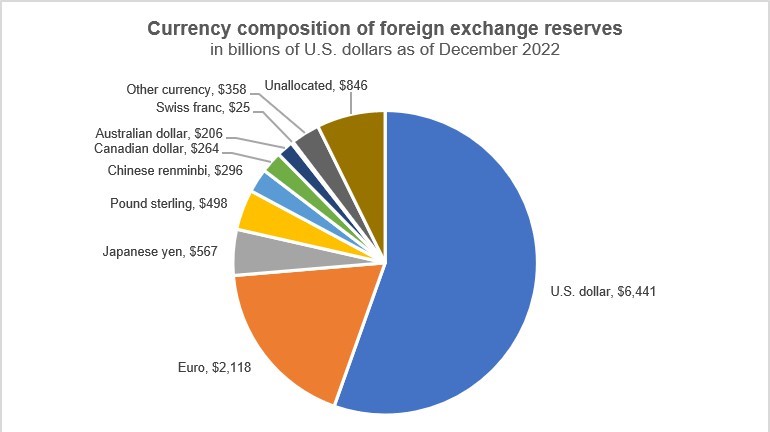
- Due to its status as the most widely used currency for conversion and its use as a benchmark in the forex market, almost all central banks worldwide hold dollars.
- Additionally, the dollar is used for the vast majority of oil trades.
- Although the dollar's reserve currency share has decreased as the euro and yen have gained popularity, the dollar is still the most widely used reserve currency.
- The potential impact of a new BRICS currency on the US dollar remains uncertain, with experts debating its potential to challenge the dollar's dominance.
- If a new BRICS currency was to stabilize against the dollar, it could weaken the power of US sanctions, leading to a further decline in the dollar's value.
- It could also cause an economic crisis affecting American households.
- While it is unclear whether a new BRICS currency would inspire the creation of other US dollar alternatives, the possibility of challenging the dollar's dominance as a reserve currency remains.
- However, a recent study by the Atlantic Council's GeoEconomics Center released in June 2024 shows that the US dollar is far from being dethroned as the world's primary reserve currency.
- According to former RBI Governor Duvvuri Subbarao,in theory, a BRICS common currency would shield the bloc from the perils of dollar hegemony, but in practice, that project will remain a nonstarter because of both politics and economics.
20.
How is BRICS’s growth a concern for Trump?
- The nine economies together constituted 35.8 percent of the global GDP based on purchasing power parity in 2023.
- China alone accounted for 18.7 percent.
- India accounted for 7.9 percent, Russia 3.5 percent, Brazil 2.4 per cent, Egypt 1.2 percent and others accounted for two per cent, according to the International Monetary Fund.

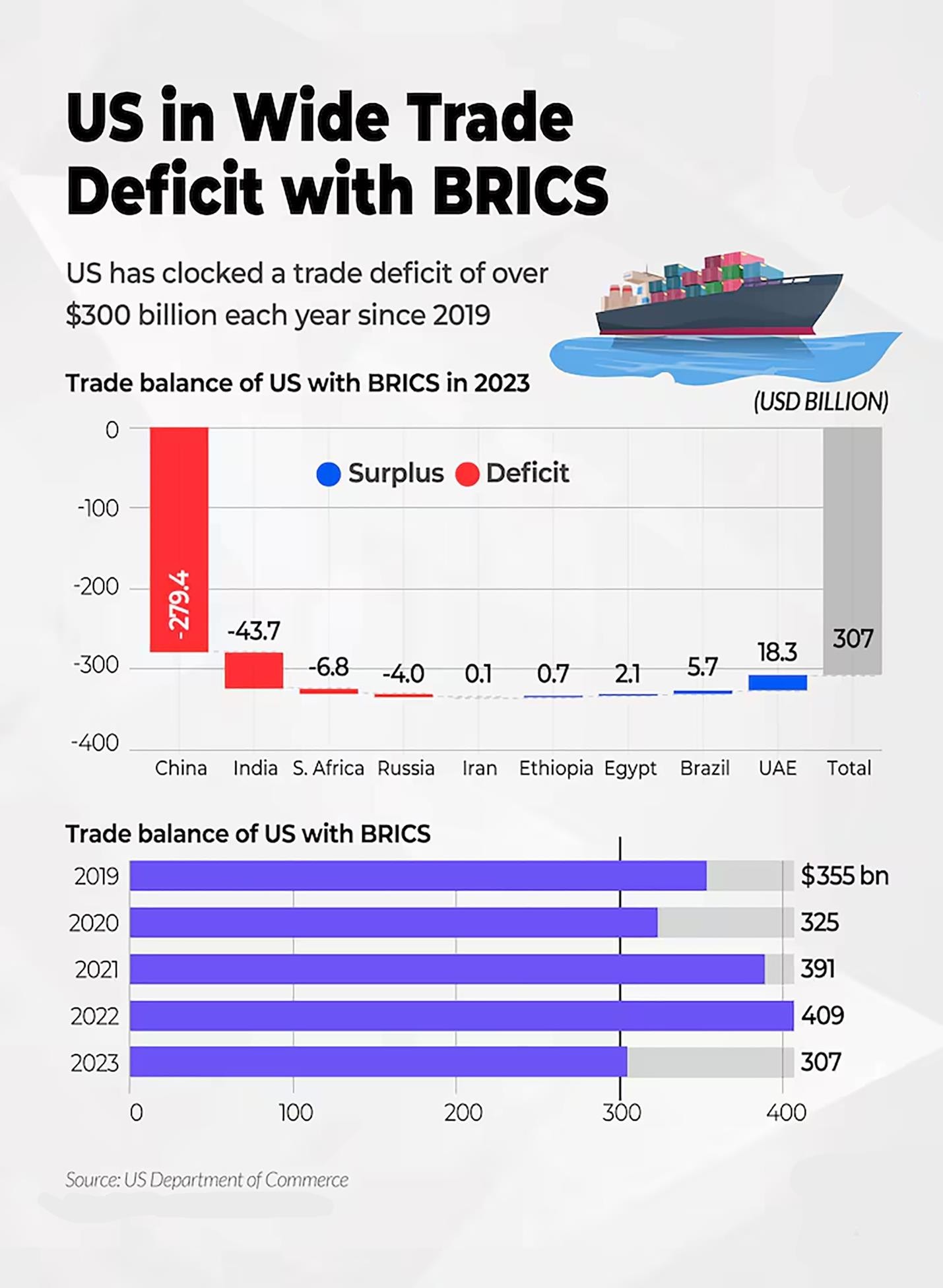
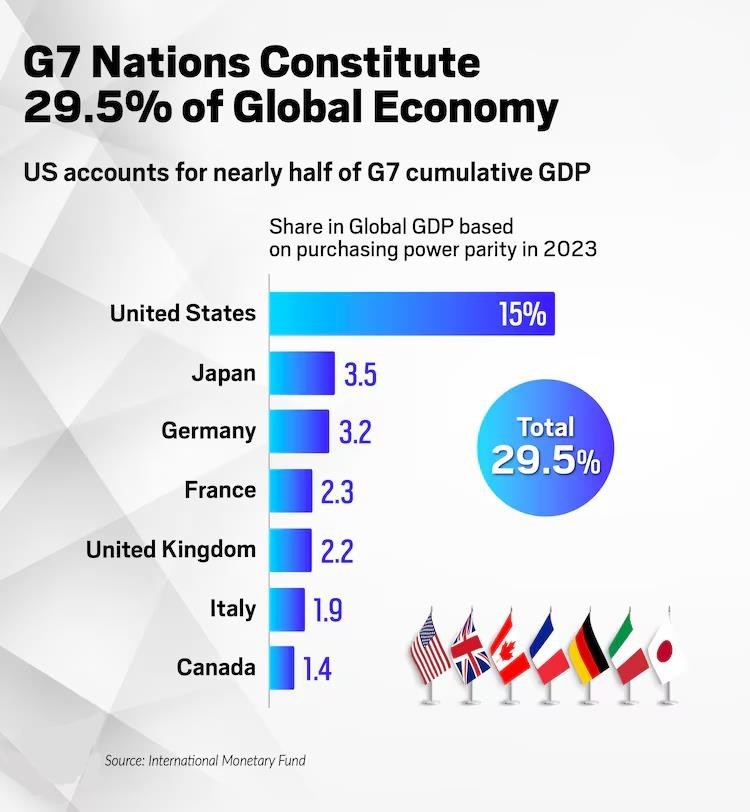
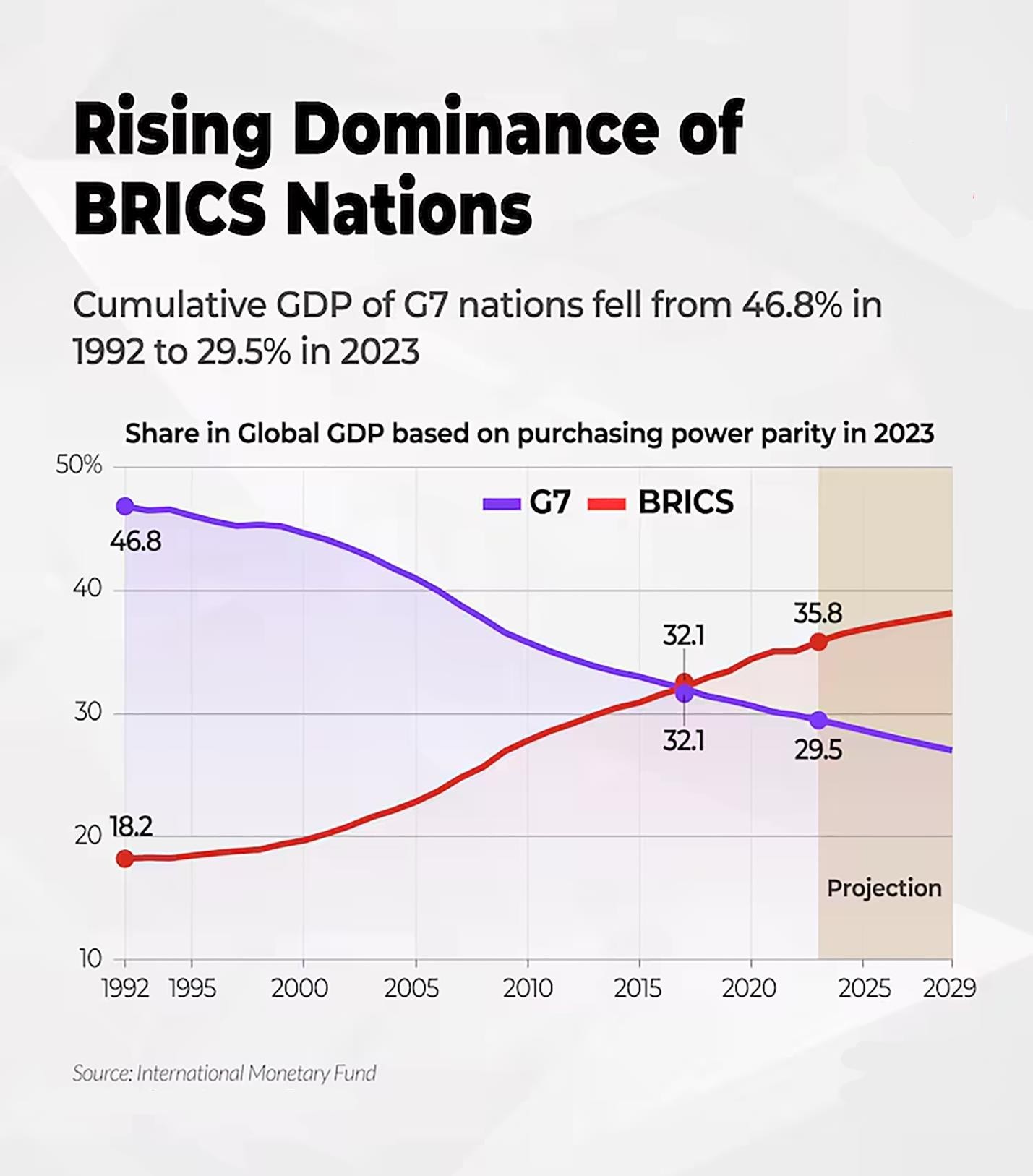
21.
Why is Donald Trump threatening BRICS members against de-dollarisation?
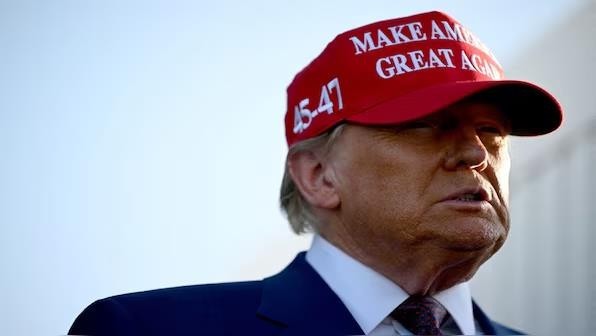
- Donald Trump has demanded that Brics members promise not to create a new currency or support another currency to replace the United States dollar as the world’s reserve currency.
- Mr. Trump warned BRICS that they will have to face 100 per cent tariffs if they do not do so.
- Donald Trump's opposition to BRICS nations' efforts toward dedollarization stems from his concerns about protecting U.S. economic dominance and the central role of the dollar in global finance.
| Reason | Analysis |
|---|---|
| Protection of the U.S. Dollar's Dominance |
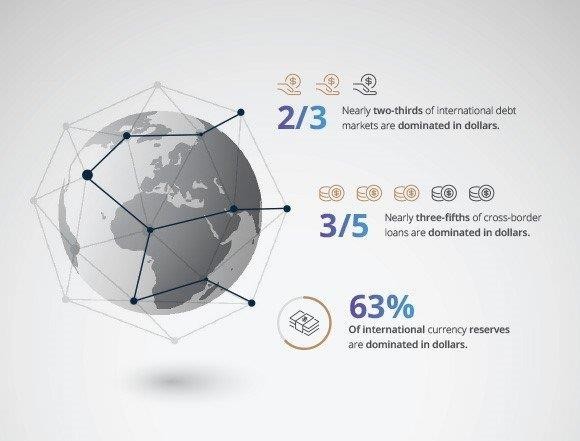 |
| Threat to U.S. Geopolitical Power |
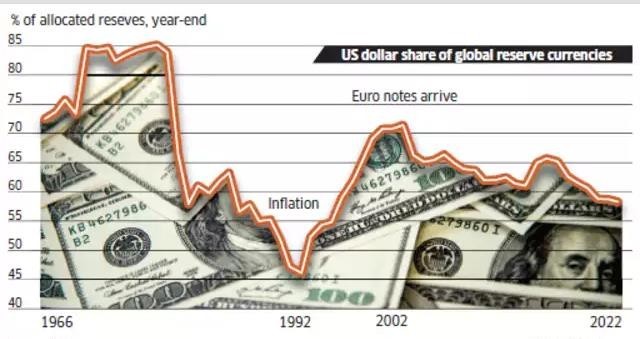 |
| Economic Implications for the U.S. |
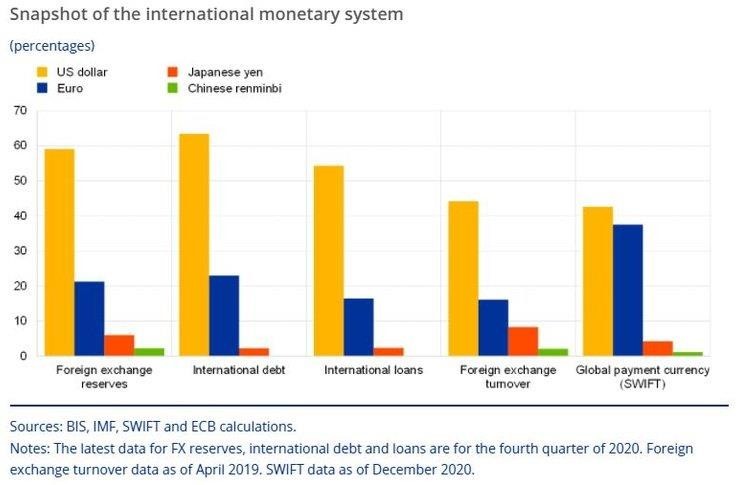 |
| Political Context |
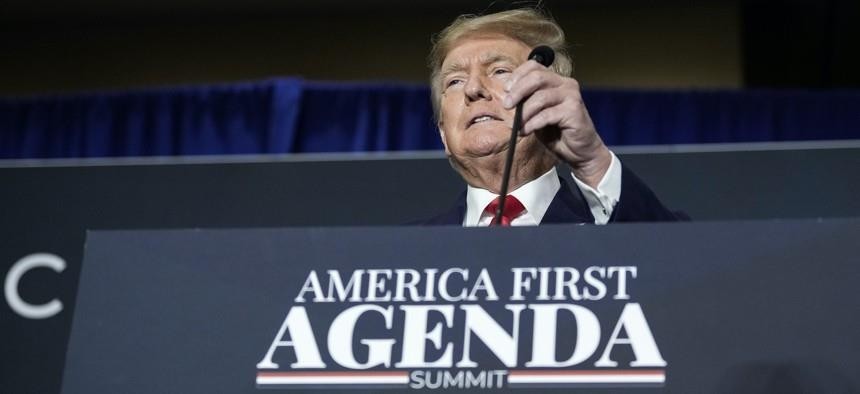 |
| Huge trade deficit with BRICS |
|
22.
What is the tariff, and why are they imposed?
- A tariff is a tax imposed by a country on imported goods or services from other countries.
- Tariff is imposed majorly to protect the domestic producers, but the government also imposes tariffs to reduce imports from other countries, thereby promoting the use of domestic products.
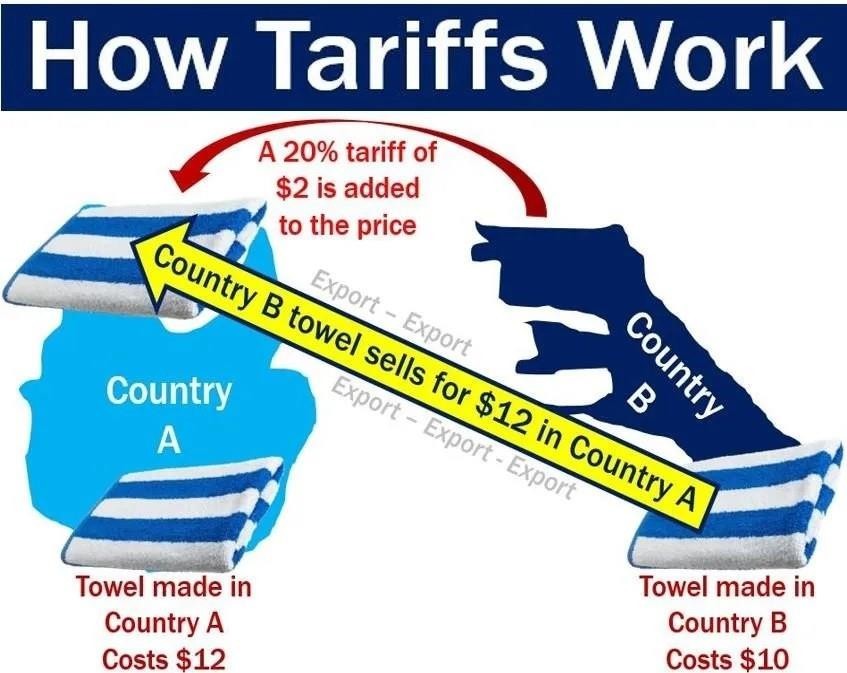
- The benefits of imposing tariffs are listed below:
- Protection to Producers:
- Bulk imports or dumping of goods from certain countries might lower the revenues of local manufacturers and producers.
- Government imposes tariffs to prevent the exploitation of local goods.
- Protection of small and medium enterprises:
- Every reigning government ensures that the economy grows and that each element grows equally.
- Import affects small and medium enterprises as consumers shift their attention to those goods and such industries struggle to survive.
- Preserve National security:
- Many imports can create indebtedness, and countries might eventually become over-dependent on imported products, thus losing a sense of ownership.
- Tariff ensures equal distribution of wealth and preserves ownership rights of the countries.
- Avoiding unemployment:
- Dependency on imported goods will eventually lead to the shutting down of local industries, thereby causing unemployment for many people.
- Therefore, tariffs protect the nation’s well-being as a whole.
23.
What is Donald Trump’s tariff proposal?
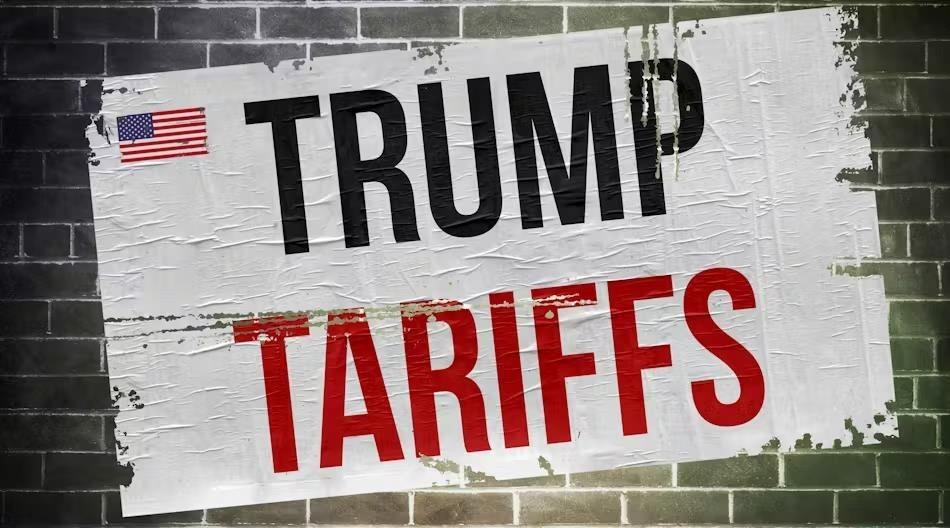
- With less than two months remaining until President-elect Donald Trump assumes office, the self-proclaimed “tariff man” has made his intentions clear, threatening steep tariff hikes of up to 25 per cent on the United States’ top three trade partners—Mexico, Canada, and China on his first day in office.
- Fears of trade conflict are mounting, particularly as the World Trade Organization (WTO) remains paralysed due to the breakdown of its dispute resolution mechanism.
- While Mexico and China have hinted at potential retaliation, Canada has already begun negotiating.
- These tariffs aim to encourage U.S. manufacturing, rebalance trade, and improve government finances.

24.
What will be the impact of Trump’s tariff?
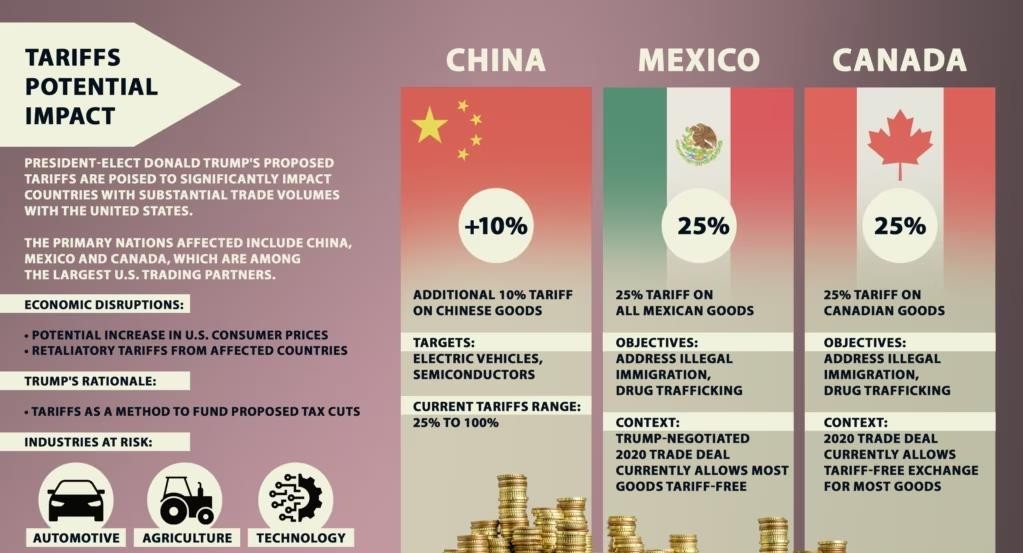
| Impact on | Analysis |
|---|---|
| BRICS |
|
| China |
|
| Europe |
|
| India |
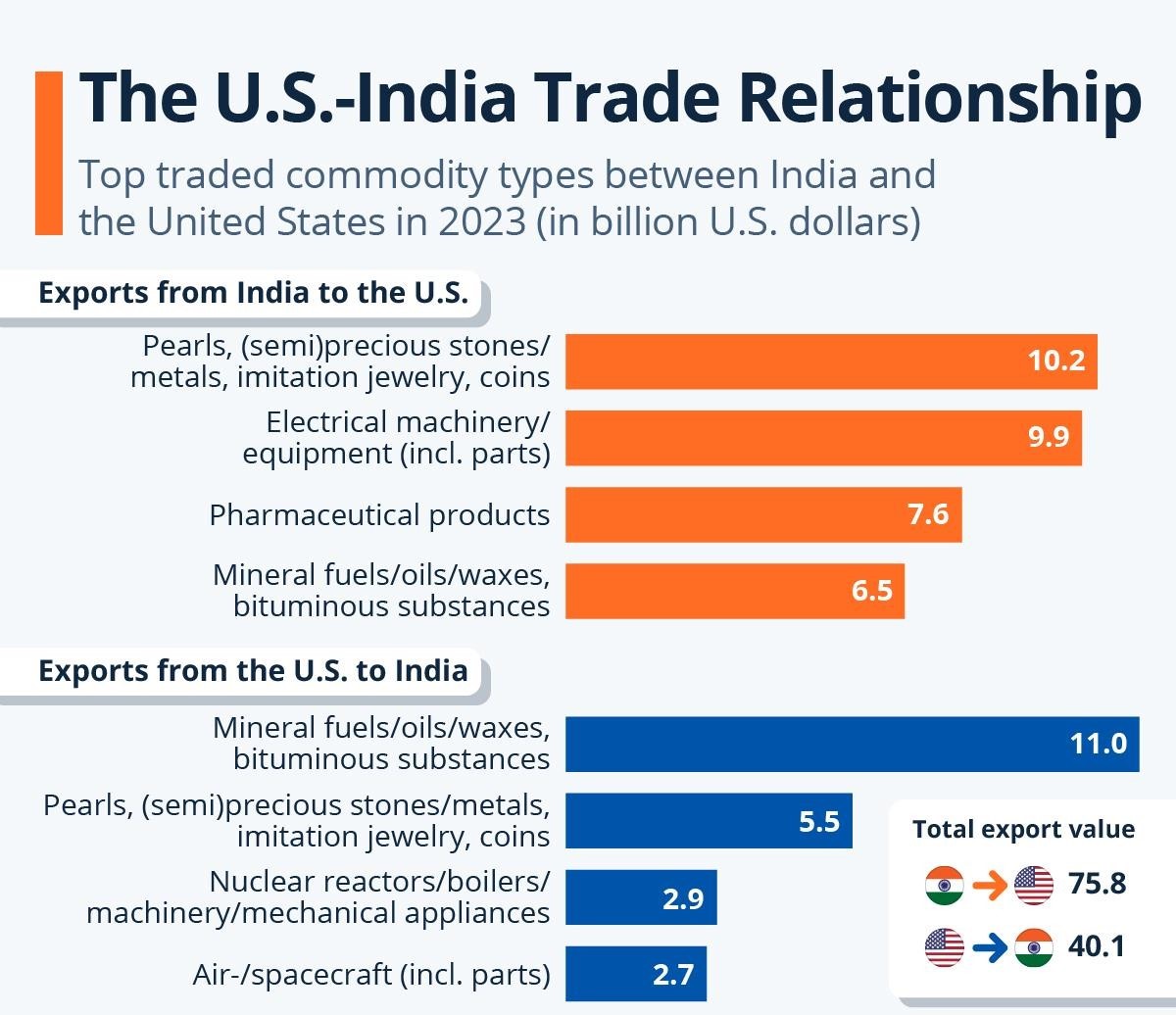 |
| USA |
|
| Global economy |
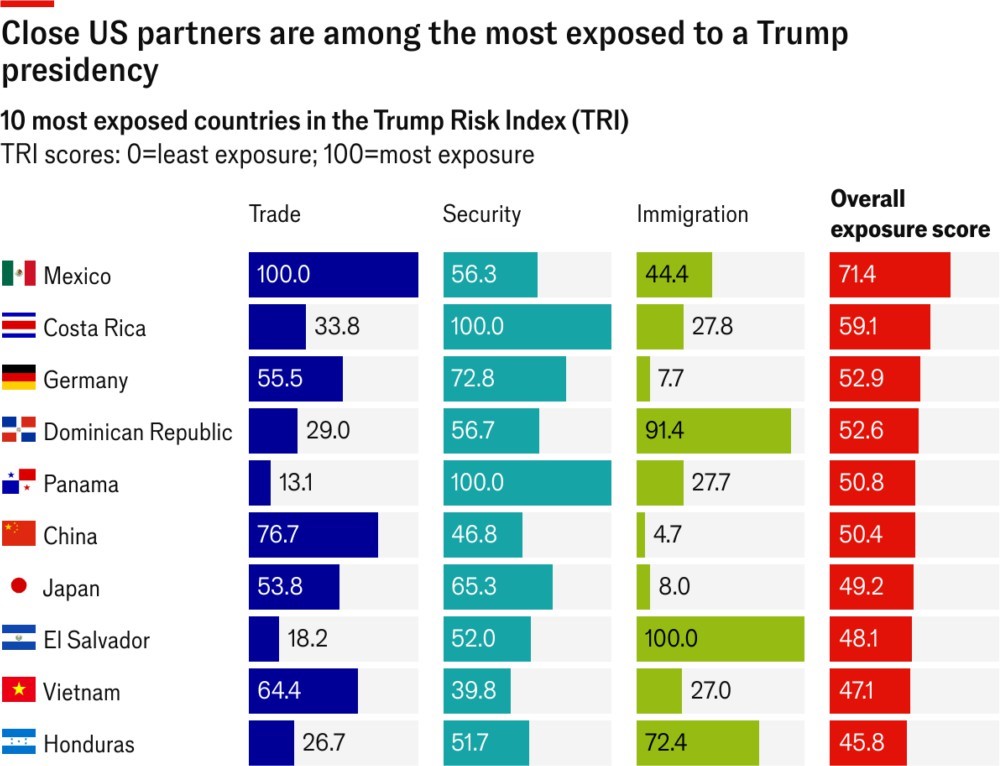 |
What is the relevance of the topic for UPSC CSE?
For Prelims: 16th BRICS Summit, Global South, BRICS group expanded, UN, WTO, World Bank, IMF, Contingency Reserve Arrangement (CRA), New Development Bank (NDB), Line of Actual Control (LAC), voice for the Global South,, Russia- Ukraine conflict, Global Financial Safety Net.
For Mains: Significance of International Groupings and Agreements for India’s Strategic Interests.
Some Previous Years Prelims Questions
Q1. Consider the following statements:
1. New Development Bank has been set up by APEC.
2. The headquarters of the New Development Bank is in Shanghai.
Which of the statements given above is/are correct?
(a) 1 only
(b) 2 only
(c) Both 1 and 2
(d) Neither 1 nor 2
Q2. The ‘Fortaleza Declaration’, recently in the news, is related to the affairs of (2015)
(a) ASEAN
(b) BRICS
(c) OECD
(d) WTO
Some Previous Years Mains Questions
Q1. India has recently signed to become a founding member of the New Development Bank (NDB) and also the Asian Infrastructure Investment Bank (AIIB). How will the role of the two Banks be different? Discuss the strategic significance of these two Banks for India. (2014)
Some Questions from This Year and Previous Years Interview Transcripts
Board Dinesh Dasa sir:
- Tell me something about BRICS expansion.
- What will be its benefits?
Board Lt Gen. Raj Shukla sir:
- Have you heard about BRICS?
- What are its significance and advantages
- Have you heard about BRICS EXPANSION?
- Can you name the countries recently added?
- Among all these, which one had recently decided to quit?
Board Satyavati mam:
- Have you heard of De-dollarisation? What is it?
- Why are countries doing it?
- Have you heard of BRICS alternate currency?
- What is BRICS and what do you think of this idea of floating alternate currency.
Board Satyavati mam:
- Have you heard of BRICS?
- In light of tensions between India-China and Russia-Ukraine war, how do you see the future of BRICS?
Some Questions for QUIZ
Q1. Consider the following Countries:
1. China
2. India
3. Russia
4. Brazil
5. Iran
How many of the above countries are part of the BRICS group?
(a) Only two
(b) Only three
(c) Only four
(d) All five
Some Questions for POLL
Q1. Can Trump economic policies impact BRICS economy?
(a) YES
(b) NO
(c) Can’t say
Q2. Should India fear Trump economic policies?
(a) YES
(b) NO
(c) Can’t say
QUICK LINKS